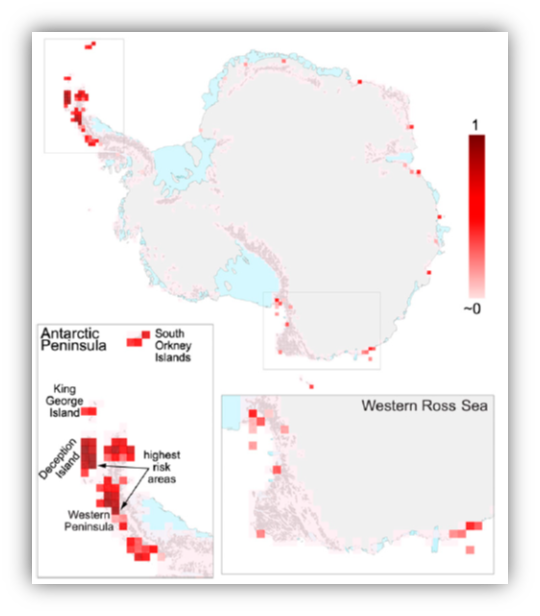New insights on risks associated with key stages in biological invasions
The human-mediated movement of species around the world has added several layers of complexity to the management of ecosystems. Once alien species are established in a new region they are extremely difficult or impossible to eradicate, and control is expensive and often ineffective.





